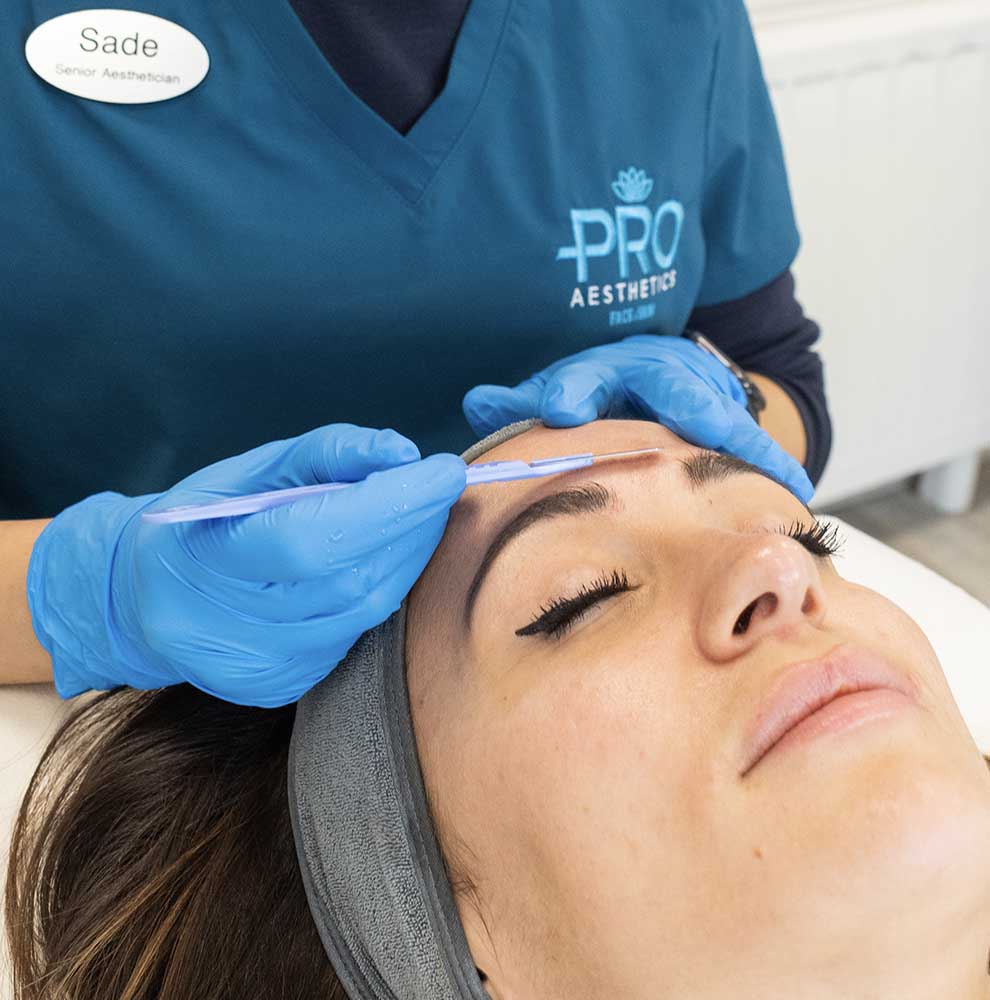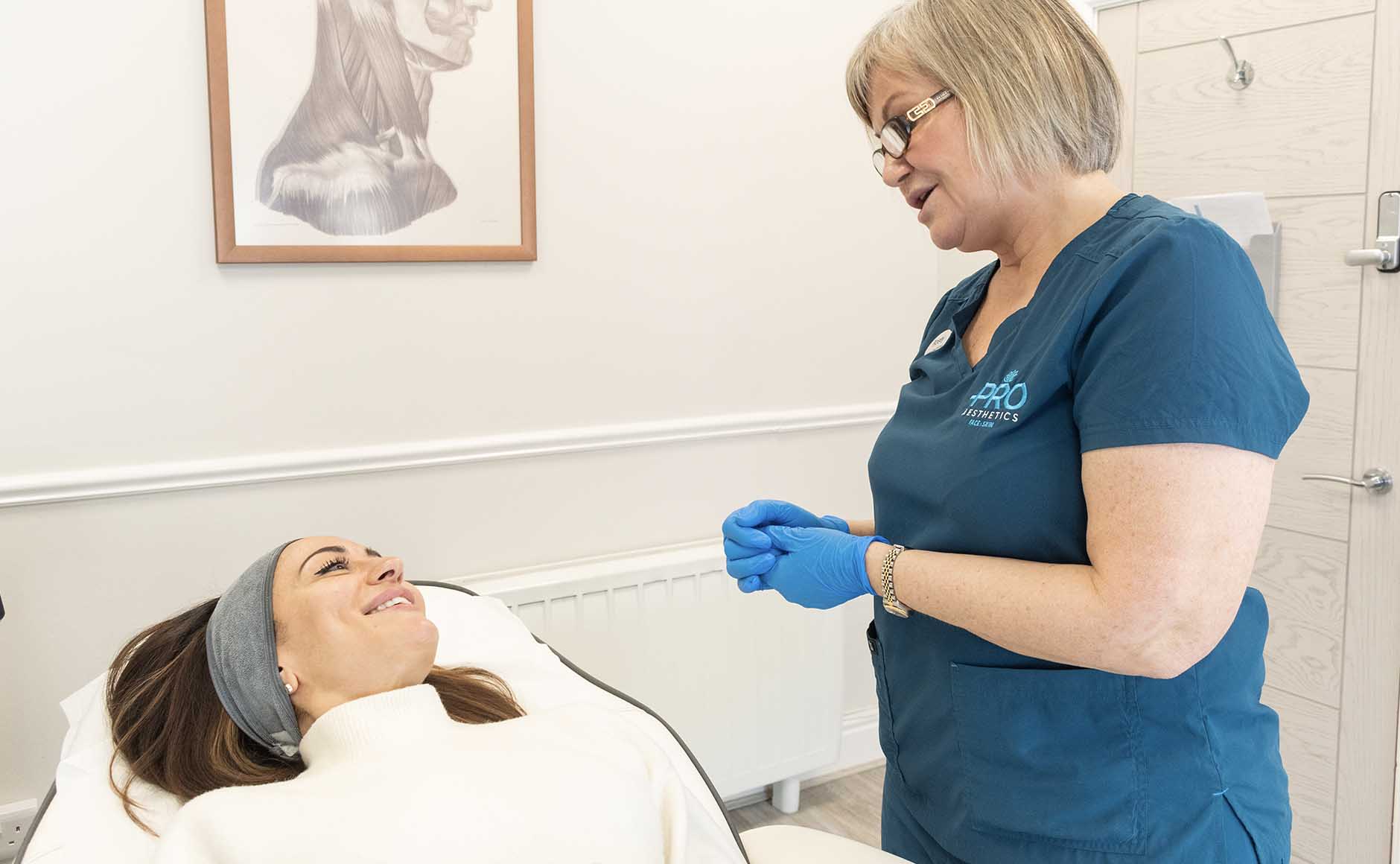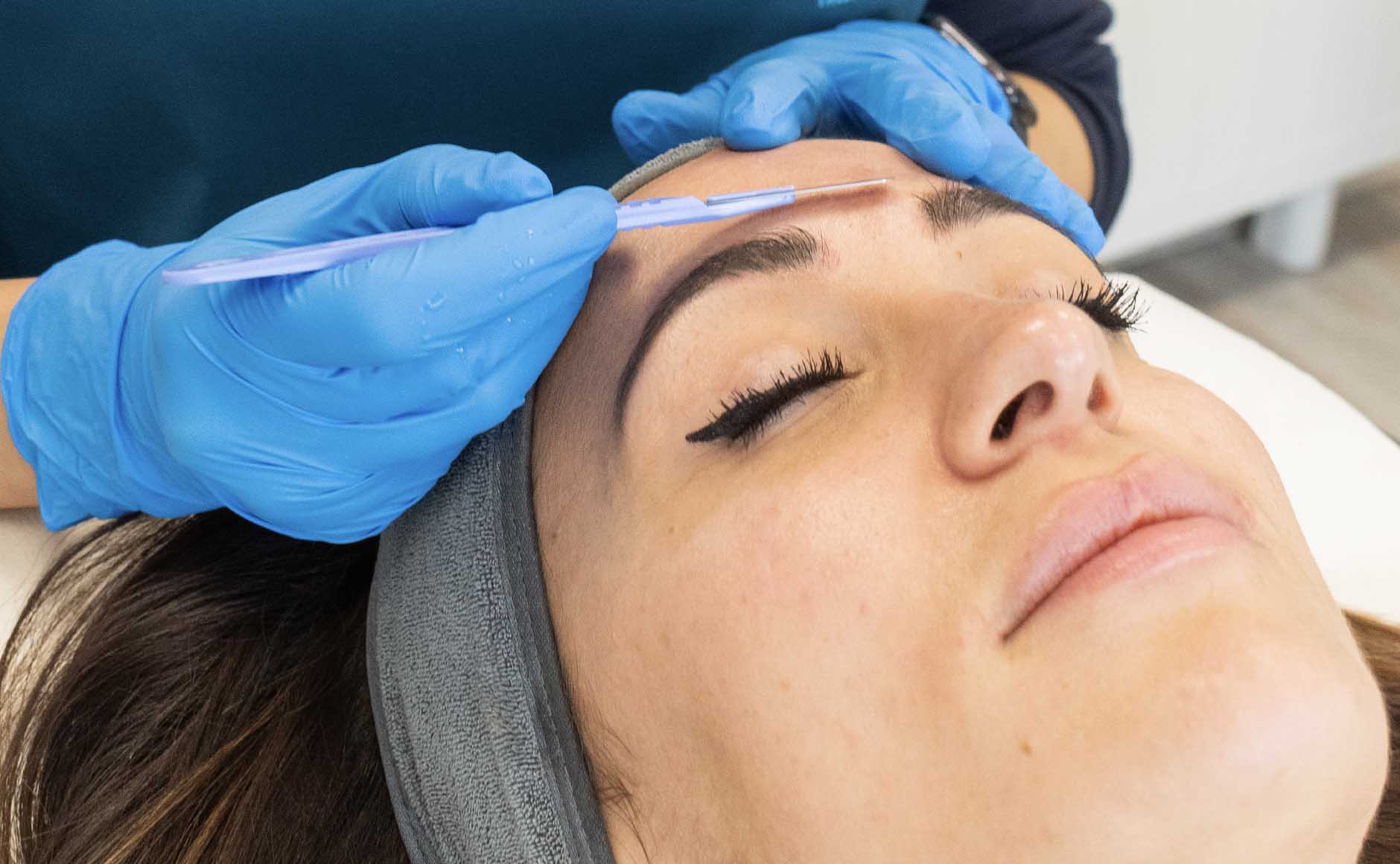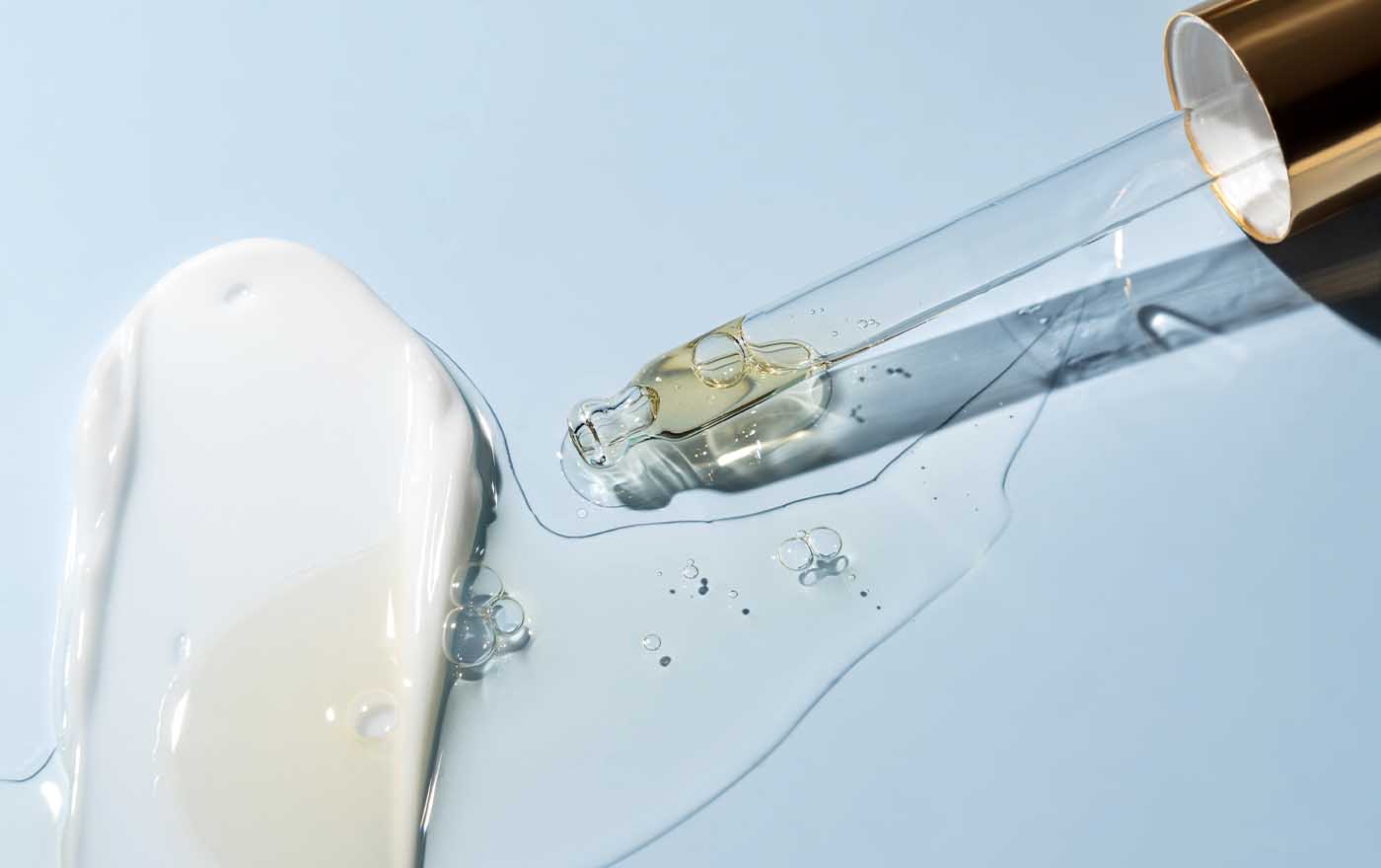-
How does dermaplaning work?
A surgical scalpel is employed in this particular treatment to get rid of the dead skin cells, dirt, debris, and the soft thin hairs on the surface of the skin. It is a non-invasive technique that can be used independently or prior to a chemical peel.
-
Which area of the face or body will be targeted?
Dermaplaning is typically performed on the cheeks, chin, forehead, and upper lip. These areas are prone to the buildup of dead skin cells, peach fuzz, and fine facial hair. By gently scraping off the top layer of the skin, dermaplaning helps to reveal a smoother and brighter complexion.
Some individuals choose to have dermaplaning done on their neck or decolletage to address signs of aging and improve the texture of the skin in these areas. Additionally, dermaplaning can be targeted on the arms or legs to exfoliate and remove dead skin cells, leaving behind a more youthful and radiant appearance.
-
Who is suitable for Dermaplaning treatment?
Regardless of skin type, age, or skin tone, this treatment is appropriate for everyone. However, it is advisable to wait until the acne has cleared up before undergoing the procedure, as the scalpel could inadvertently scratch the area and take longer to heal.
-
Will the results be thicker and darker hair?
No, the hair regrowth will not be any thicker or darker. This type of treatment does not alter the natural cycle of hair growth, and the colour and thickness of the hair are determined by genes, so there should not be an increase in thickness or darkness.
-
How soon will I see the results of my dermaplaning treatment?
You should notice the results immediately.
-
How long do dermaplaning results last?
They should last for 3-4 weeks.
Dermaplaning
1. Your
Consultation
The Practitioner will assess the condition of your skin, as well as discuss your goals and concerns. The consultation may also involve a discussion on your skincare routine and lifestyle habits that may affect the treatment’s effectiveness.















